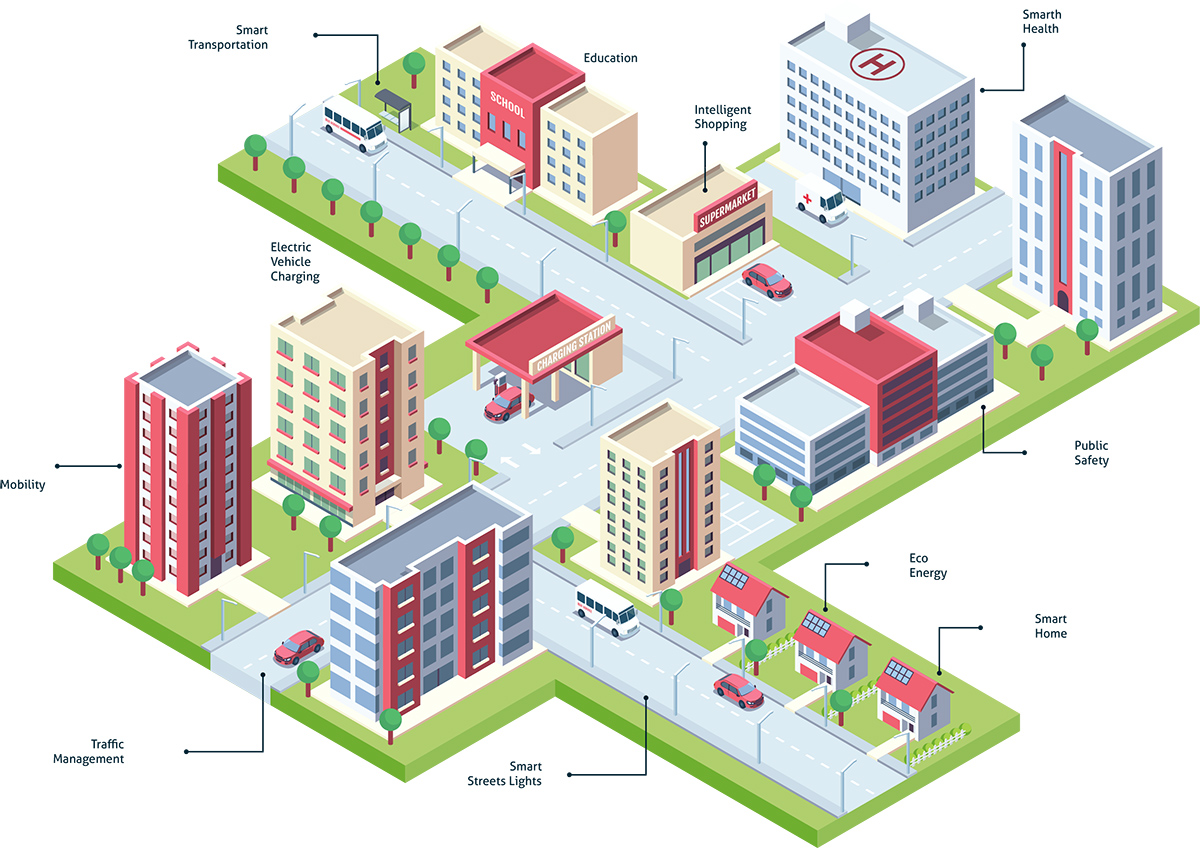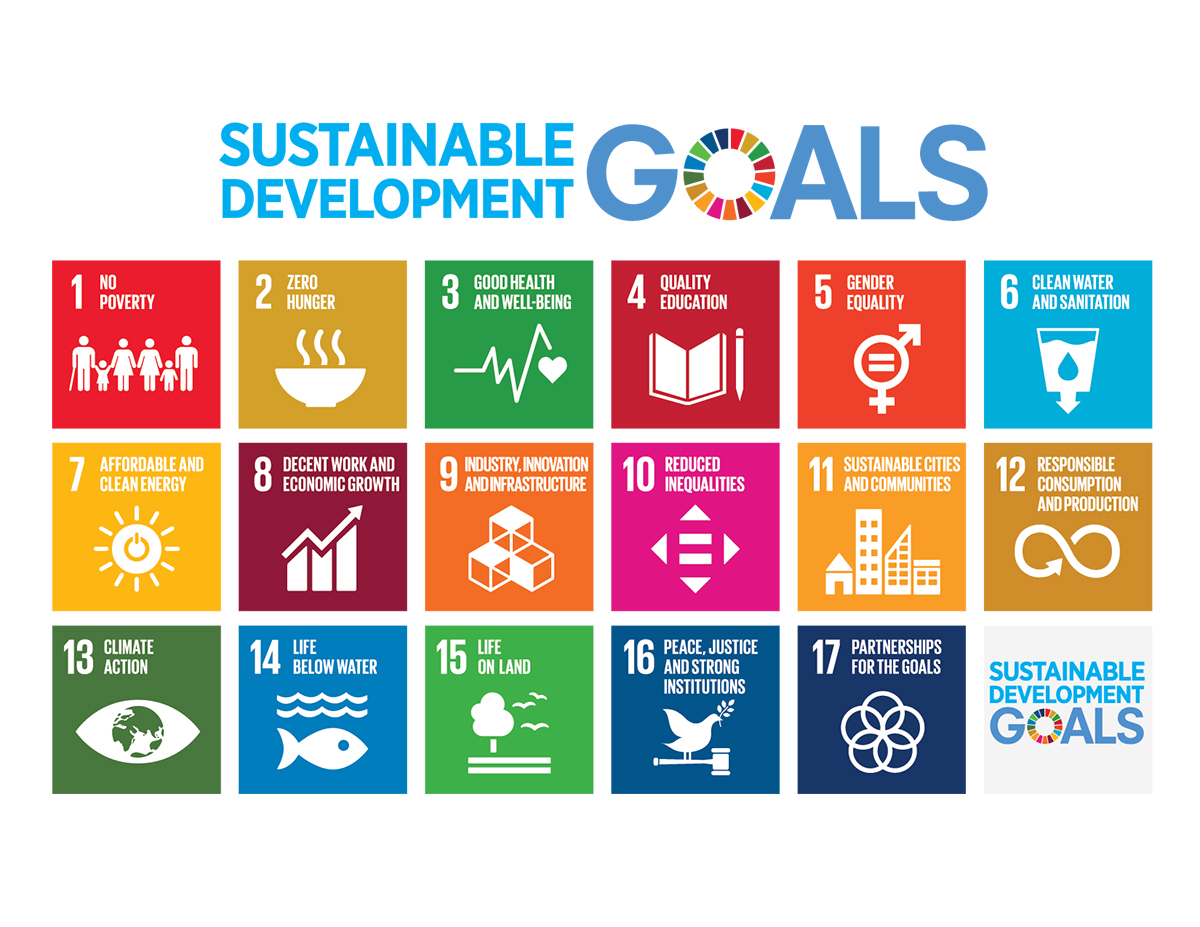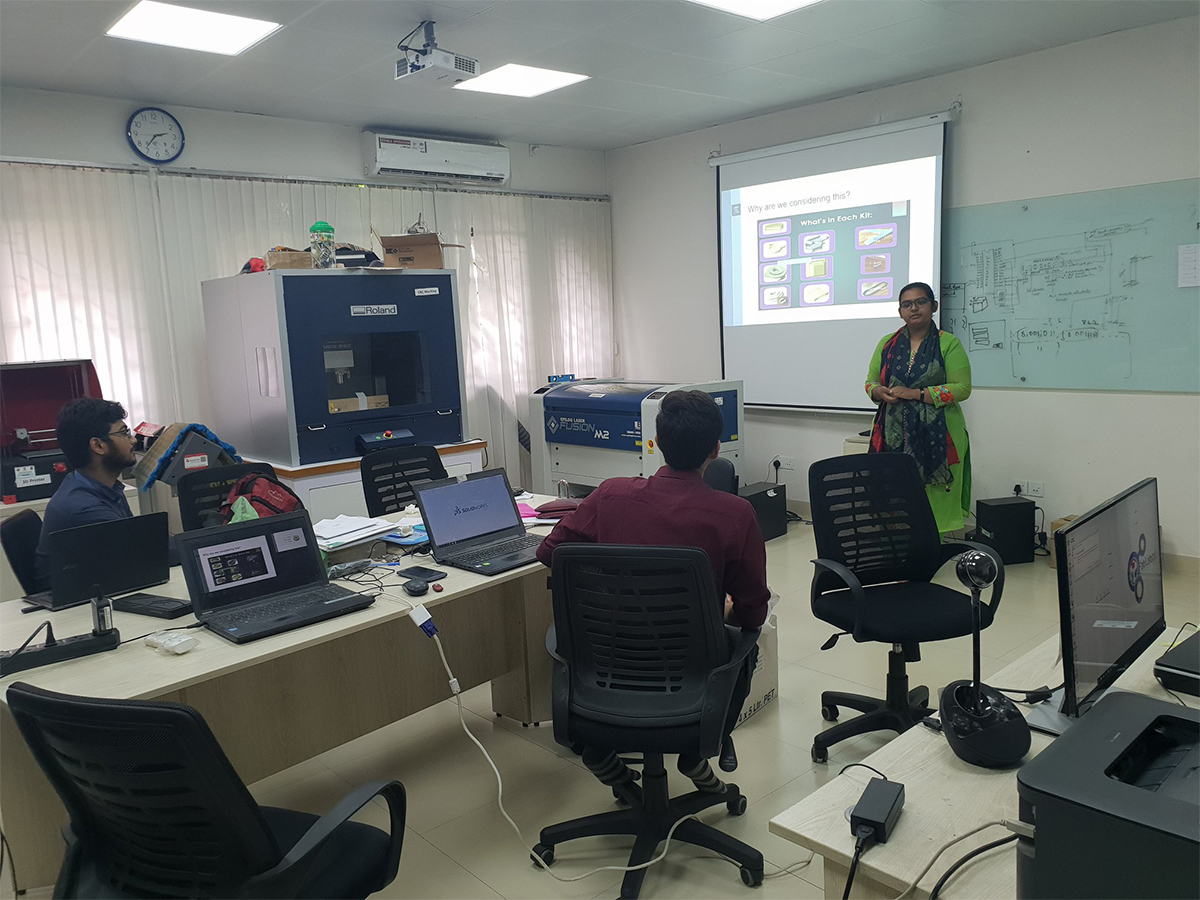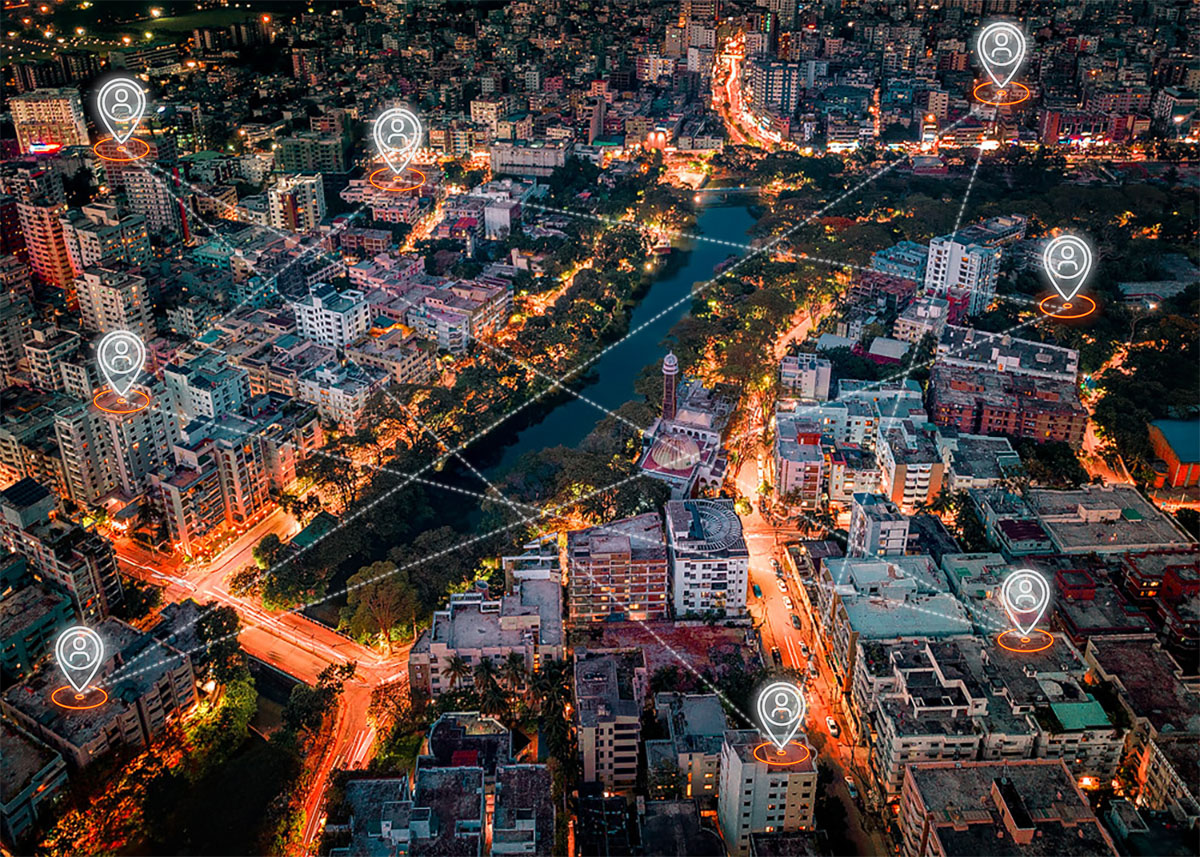Submitted by Arefin Chisty
Transcending Dhaka: An influx towards Smart City
Bangladesh Architecture News - Feb 06, 2020 - 22:29 21675 views

The culture of producing cheap, low-value, homogenous goods which are competing solely on price needs to change, otherwise, Bangladesh will be left behind; since the Fourth Industrial Revolution is probably going to be set apart by proceeded with leaps forward in rising innovations in fields, for example, robotics, artificial intelligence, nanotechnology, quantum computing, the Internet of Things, fifth-generation wireless technologies (5G) and 3D printing. This transition to wholly different new ways of working is both terrifying and invigorating simultaneously. Only by producing value-added goods will the suppliers be able to drive a harder bargain on price with their customers from the West, while approximately 5.7 million unskilled Bangladeshis would be sacked from their jobs abroad and at home due to a lack of technological skills by 2030.
In the FY 2017–18, Bangladesh's GDP rose 7.86% and was second in most rapid growth. Over recent years, Bangladesh's social and economic growth has been significantly progressed. The Bangladesh GDP share by cities is 60%, though Dhaka alone accounts for 30%. There is no alternative that cities remain economically active and productive. Some of the cities struggle to survive, although some of them have developed into SMART CITIES, which need good urban planning, sustainable development, climate, energy grid, economic development, education, participation in society, and so on.
The concept of a ‘Smart City’ now holds the belief that cities can and should act as collaborative ecosystems, enabled by state-of-the-art technology. It envisions cities as laboratories and drivers for change. The visionary perspective of social value and the inspiring capacity, which potentially fosters long-term urban transition as the main strengths of current Smart City concepts. However, these ideas still struggle to generate economic value and have issues with sustainability. Although strategies and project goals shifted away from a technological-deterministic discourse, practice shows that most Smart City projects still focus on technological innovation.

Image courtesy of freepik
A conceptual and analytical framework resonates with the present tech-gap, social structure, job eco-system, and production chain of Dhaka city. The results of the analysis highlight the potential for social value creation in urban transition technological sustainability. However, current Smart City initiatives face the challenge of evolving from demonstrators towards real sustainable value."Trends in Smart City Development" is a new report from the National League of Cities featuring case studies on how five cities–Philadelphia, San Francisco, Chicago, Charlotte, N.C., and New Delhi, India –use different approaches to implement smart city projects. The report also makes recommendations to help local governments consider and plan smart city projects.
Since Bangladesh is a densely populated country with a strong demographic dividend, SMART LAB can grab this comparative advantage of demographic dividend and transform this huge young population into capable human resources for national development through appropriate technical & education training and various other skill development programs for determining six dimensions of Smart Cities. (Sikora-Fernandez).
SMART LAB is an open place for everyone: youth, students, researchers, entrepreneurs, startups, SME, and university faculty. They all get support from the Local LAB and international FABLAB1, MAKERSPACE and D-LAB2community. SMART LAB is a circular economy model; based on innovation, prevention, reuse and recycling of products in a public-private partnership logic. Starting from some pilot tests it can create the foundation for the emergence of a genuine local district of a green circular economy. The district formed by waste operators, small recovery platforms, training, artisans, designers and SMEs engagement in the promotion of materials and the production of reproductions. Most of the projects do not involve all quadruple helix actors although intense multi-stakeholder collaboration is a central element of the Smart City concept. Especially the lack of involvement of private partners and attention for possible business models forecloses the long-term sustainability and economic value creation of Smart City projects.

Image courtesy of un.org
SMART LAB as a public-private partnership enterprise involves the empowerment of unemployed youth and specifically institutional drop out women, in urban & semi-urban Dhaka. Addressing multiple SDGs is one of the biggest challenges in the process of developing Smart City.
SMARTLAB ‘s present in several countries around the world, including Bangladesh. Some are even placed in underserved countries to help the community explore the potentials of their creativity and innovativeness. However, officially Bangladesh has eight FABLAB all over the country. Products created in these laboratories defy norms and conventions. Helping people to test their theories, build alternatives and solve day-to-day problems. Entrepreneurs who typically do not have full access to all of this equipment may now improve their products or build product prototypes inside these labs like EMK MakerLab, Fab Lab DU and many more.

Image courtesy of Fab Lab DU
City-governed SMART LAB allows systematic governance of stakeholder interactions and connects top-down policy and bottom-up interactions. However, these ecosystems still have a lot of potentials to overcome some of the challenges of Smart City projects. The idea of SMART LAB can be considered as a collaborative ecosystem allowing for the co-creation of sustainable, future proof innovations that improve life in the city and boost the economy, thereby contributing to Smart City targets. However, Embracing the capacity of Dhaka city for clenching challenges, the government has re-routed the development target addressing six key indicators of smart cities wheel.
Besides, the dream of Digital Bangladesh Vision 2021 was announced by Honorable Premier Sheik Hasina, with the direct supervision of ICT ministry. This is part of the government's 2021 Vision–which by its golden jubilee of independence a stable and equal middle revenue in Bangladesh.

Image © Meer Saadi
Top image courtesy of redcarpet365
